The weather in these last days of April is not as scorching hot and dry as usual, but cooled by intermittent rains. In the living room of a flat-roofed house shaded by mango trees, veteran To Van Dang, group 11, Pom Han ward (Lao Cai city) and his comrade, veteran Pham Trong Hiep, cherish and flip through battlefield memorabilia that have been preserved for the past 56 years.
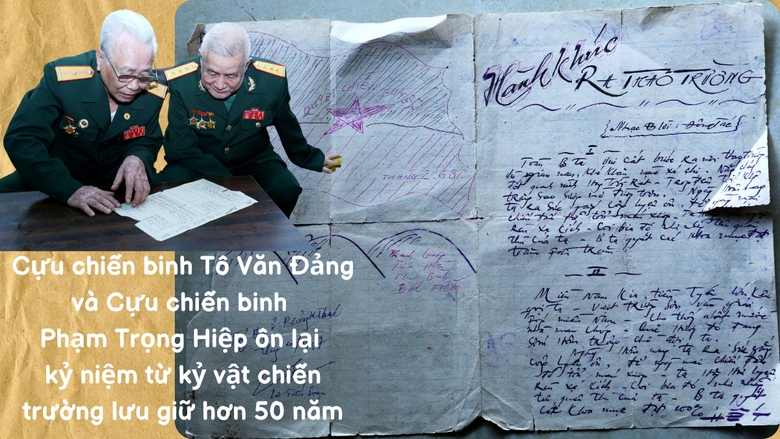
It was an old, faded piece of paper, with frayed edges and a few horizontal tears. On it was a handwritten list of officers and soldiers of the Apatite Group II, with 72 people mobilized from various parts of the Apatite Mine to supplement the military units supporting the Southern battlefield. On the front of the souvenir, on the right side were the lyrics of the song “March to the Training Ground” by musician Dong Tac, on the left side was a picture of the Quyet Thang flag. During the years of fighting on the front lines of the Southern provinces, Mr. Dang always carried this souvenir with him. Now, it has become a tradition that every April, Mr. Dang and his comrades would flip through the souvenir and hum the lyrics of the March to the Training Ground, including the passage: “Our entire army happily sets out to the training ground, no matter how difficult or arduous... The South, the great frontline calls to us. Cross the Truong Son mountain range to liberate the South, to quickly unify the country. That homeland is waiting for us day and night...”.
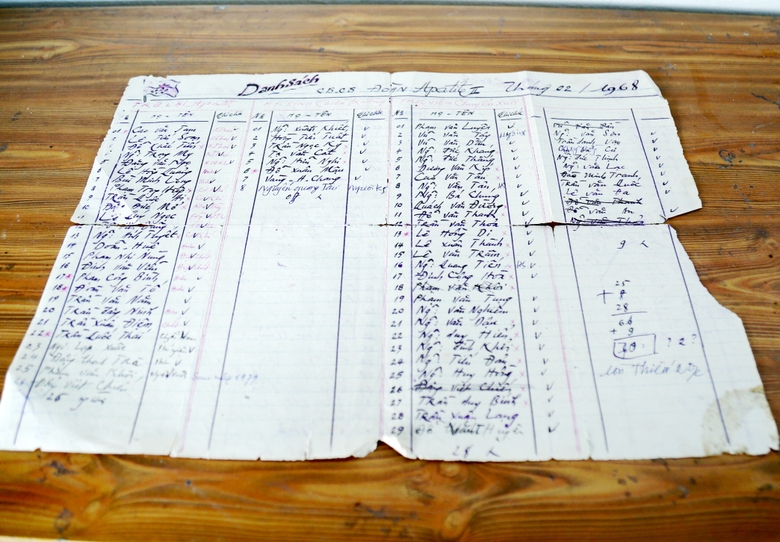
Mr. Dang was born in 1940, his hometown is Thai Binh province. At the age of 20, he went to Lao Cai to register to work as a worker at the apatite mine. In early 1968, Mr. To Van Dang decided to register to join the army at the sacred call of the Fatherland. In 1971, he was injured after a battle, so he was transferred to the North and returned to work at the apatite mine until 1991 when he retired.
Enlisted on the same day as Mr. Dang, veteran Pham Trong Hiep was assigned to a reconnaissance unit, operating in most of the provinces of the Southeast and Central Laos. He was discharged in 1977 and continued working at the Apatite Mine until his retirement in 1990.
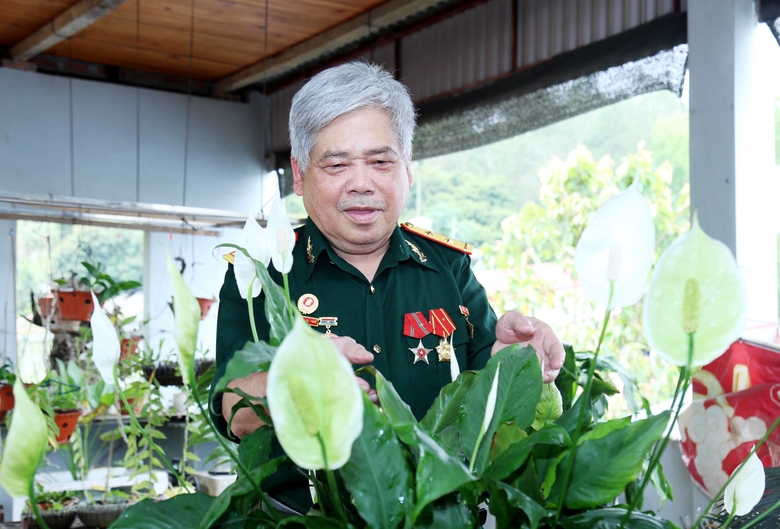
It is also a very touching story about veteran Tran Van Nhuan, born in 1947, group 8, Xuan Tang ward (Lao Cai city), a former soldier of Hoang Lien Son Battalion I. While telling the story, Mr. Nhuan showed me the bomb and bullet wounds on his body, which were long, dark brown lines crisscrossing his stomach and chest. The injury caused him to be unable to stand up straight and had to sit in a sideways position. Veteran Tran Van Nhuan was later identified as a 4/4 class disabled soldier, a sick soldier whose health was affected by 75%.
Veteran Tran Van Nhuan recounted that in 1967, in the midst of the nation's fervent fight against the American invaders, at the age of 20, he volunteered to join the army with a petition signed in his blood. On July 30, 1967, Lao Cai province decided to establish an armed unit called Hoang Lien Son Battalion I with 150 men to support the southern battlefield, and Mr. Nhuan was assigned to this unit. After a period of training in Dong Hy, Thai Nguyen province, in February 1968, Hoang Lien Son Battalion I, codenamed PR27, began its "Southward advance".
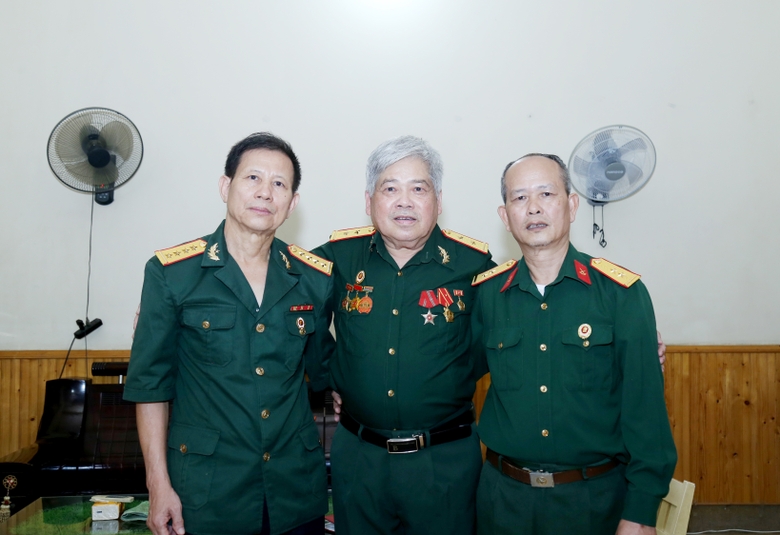
In 1969, in the fierce battlefield of Quang Tri province, Mr. Nhuan was injured with a 29% health loss. After more than 1 month of treatment, the 22-year-old man decided to do something unprecedented: go to the division's political commissar and ask for his disability record to be changed to 21% so that he could continue to stay in the combat unit. Impressed by the spirit of sacrifice of the soldiers, the division decided to let Mr. Nhuan continue to stay in the unit, participating in the battle on the Route 9 - Khe Sanh front. In 1969, in a battle, Mr. Nhuan was injured for the second time and this time he was sent to the rear for treatment and then became a regimental cadre, then transferred to the Military Technical Academy, and in 1980 he returned to Division 355 to protect the border in Lao Cai, and in 1984 he was discharged from the army after 17 years of fighting and working in the army.
Recalling a heroic time, Mr. Nhuan said: On the day Hoang Lien Son Battalion I left, Provincial Party Secretary Hoang Truong Minh gave each of us 5 sheets of pu-luya paper and 5 stamps to write letters. Going from Thai Nguyen to the South for several months, with days off and nights awake to march. Material shortages, hardships and difficulties, but being able to go to war, everyone's spirit was enthusiastic.
Veteran Ma Cong Thang, born in 1941, residing in Group 7, Pom Han Ward, Head of the Liaison Committee of Hoang Lien Son I and Hoang Lien Son II Battalions, said that the list of people currently living in the two battalions in Lao Cai and the lowland provinces is 54 people.
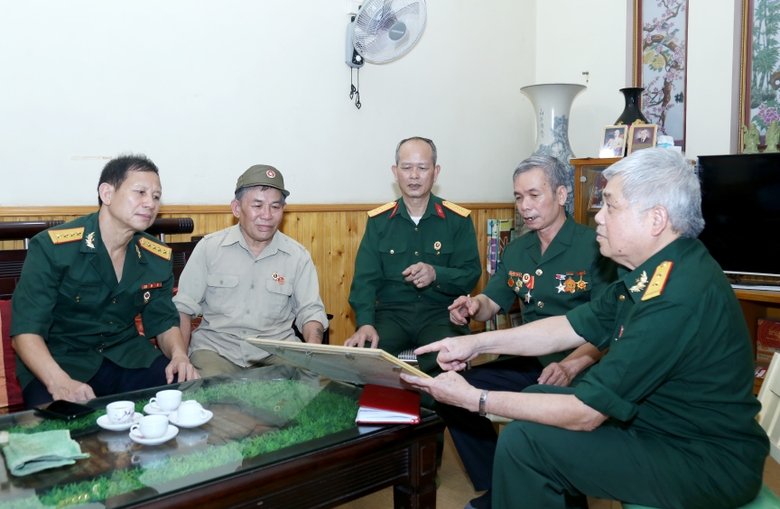
Mr. Thang joined the army in 1963, assigned to the anti-aircraft artillery unit protecting important projects in Nam Dinh, Son Tay (now Hanoi) and then protecting the Lao Cai apatite mine. In August 1968, the province established the Hoang Lien Son II Battalion, Mr. Thang was assigned as the Battalion's Political Commissar with the task of transferring troops to participate in the fight in Thu Dau Mot province (now Binh Duong). Because the road to the North was being fiercely bombarded by the American enemy at that time, Mr. Thang was retained by the Southern Command to fight directly, assigned to the unit with the code name Group 2115, B2, S9. He directly participated in many major battles in the Southeast region such as the Phu My, Ben Cat, Thu Dau Mot battles. In 1971, he was assigned to the North for training at the Political Academy, then returned to work as a cadre of the Trung Dung Battalion, participating in the fight to protect the border in 1979 in Si Ma Cai district. In 1982, Mr. Thang worked at the Military Command of Lao Cai town and retired in 1988.
What makes Mr. Thang proud is that his family has three generations of Uncle Ho's soldiers. His father is Mr. Ma Van Thuong, a member of the Hien Luong guerrilla team, who joined the army in 1945 and retired in 1972. Now, Mr. Thang's son, Major Ma Cong Dung, is working at the Provincial Military Command and Dung's wife, Major Le Thi Nguyet Thanh, is also working in the same unit as her husband.
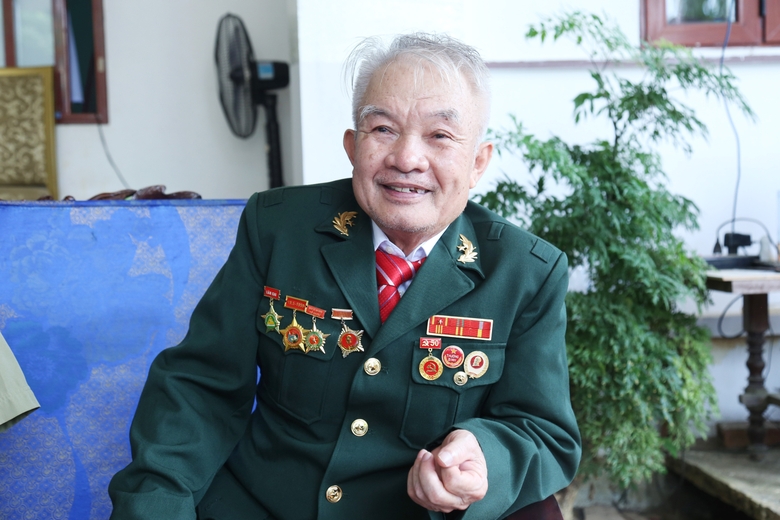
The great victory of Spring 1975, culminating in the Ho Chi Minh Campaign with the victory on April 30, completely liberating the South, had a significant contribution from the army and people of all ethnic groups in Lao Cai province.
According to the history of the provincial armed forces, in the period from 1965 to 1968 alone, Lao Cai province had 3,402 people enlisted, supplementing the main army units, crossing Truong Son to fight in the South. On the battlefields, the children of Lao Cai ethnic groups fought bravely, achieved many feats, and many were awarded the titles of "Brave National Defender", "Brave American Destroyer", "Brave Tank and Enemy Vehicle Destroyer". Typically, soldier Ma Van Thang was awarded two titles: "Brave American Destroyer" and "Brave Tank and Enemy Vehicle Destroyer"; The title "Brave American Destroyer" was given to other names such as Captain Hoang Cong Ngu, Battalion Commander Kieu Viet Duong, Platoon Leader Dang Bien Phong, soldiers Giang A Phu, Ly Seo Giang, Ly Seo Chan, Vang Van Anh... During the 21 years of resistance against the US, Lao Cai province mobilized 22,779 union members and young people to join the army, including 15,402 cadres and soldiers participating in the southern battlefield.
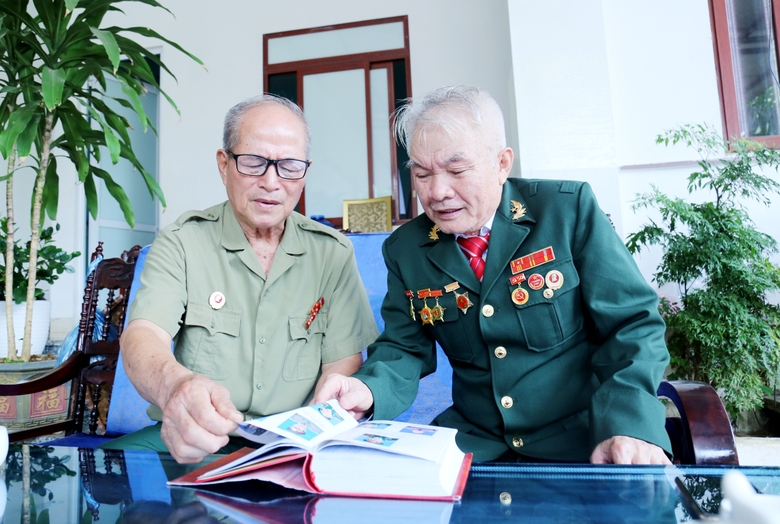
Lao Cai also mobilized 550 youth volunteers, thousands of frontline laborers, and more than 18,000 militia and self-defense forces to participate in combat and combat service.
Regarding material resources, the province mobilized 350 cars, tractors, 28 ferries, and contributed 80,000 working days to build supply and support routes; mobilized 10,000 packhorses, more than 6,000 carts, and trailers to transport 30,050 tons of goods to serve the fight...
The great victory of Spring 1975 is the proud epic of the indomitable and resilient Vietnamese people, in which Lao Cai has a part of its echo. For all eternity, the people of all ethnic groups in Lao Cai province have the right to be proud of that.
Source








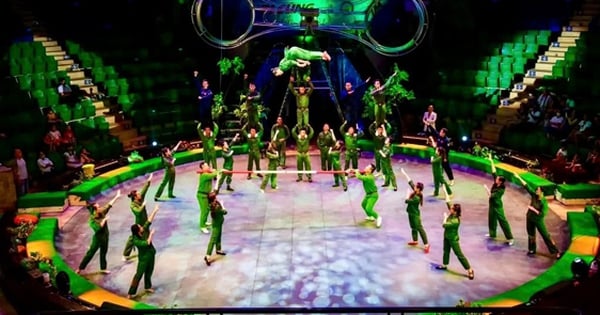


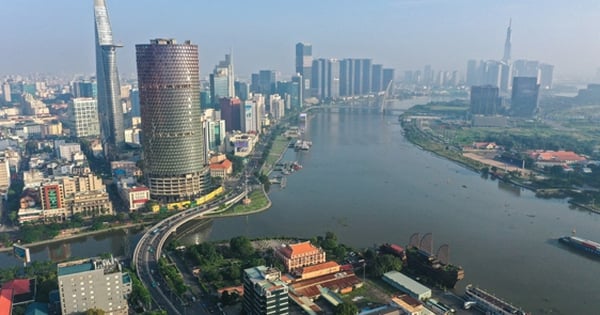
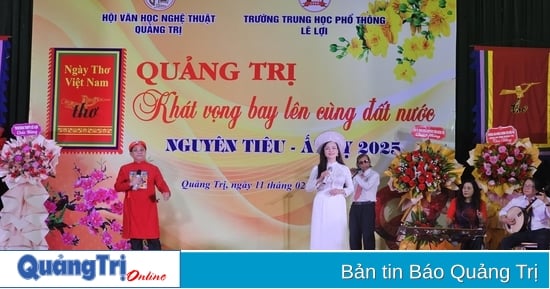
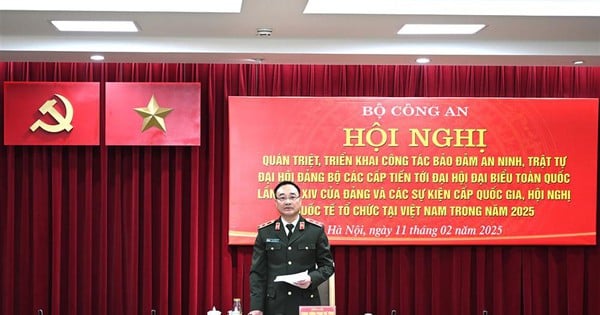

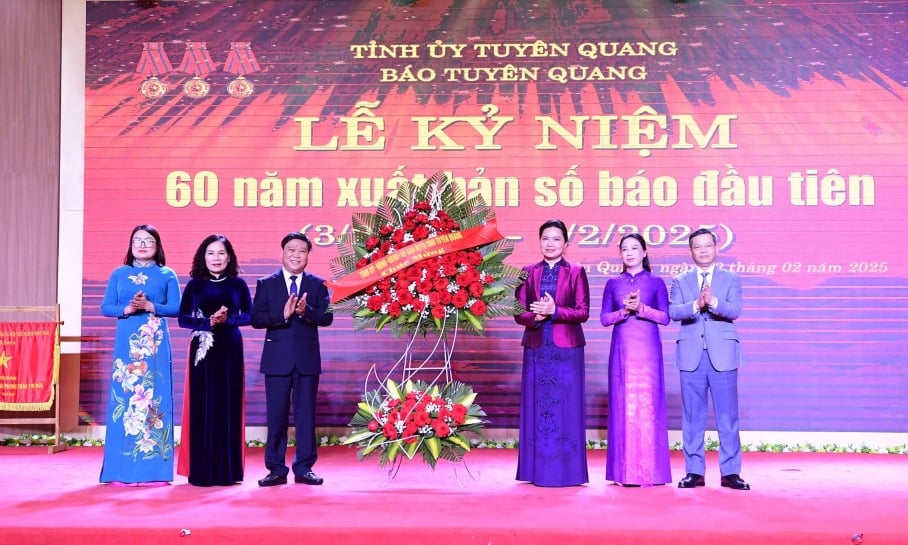
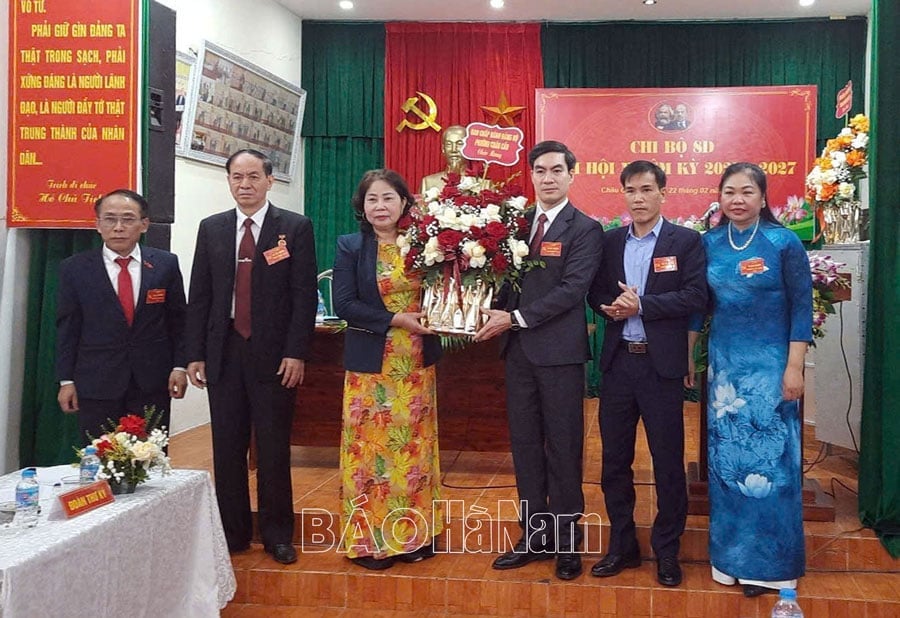
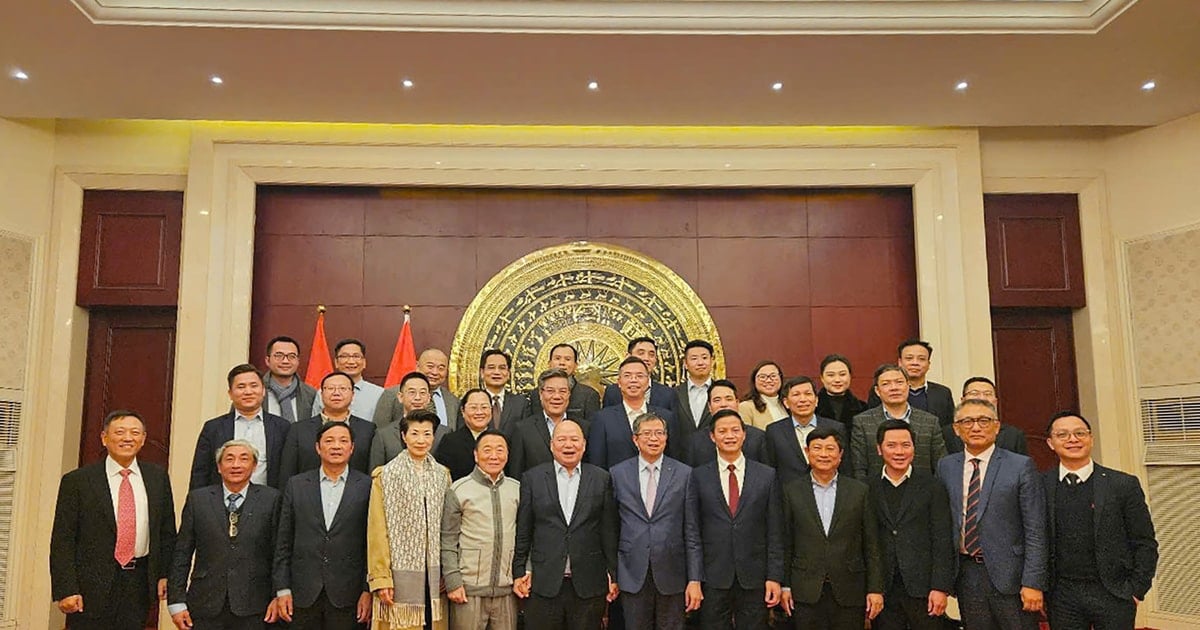
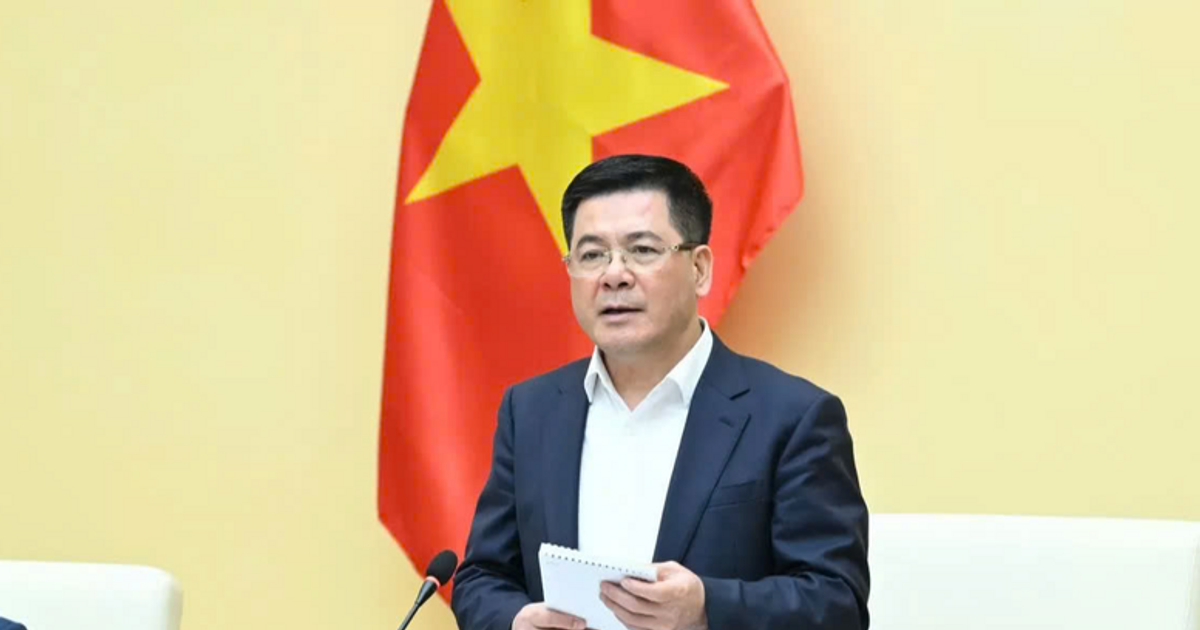
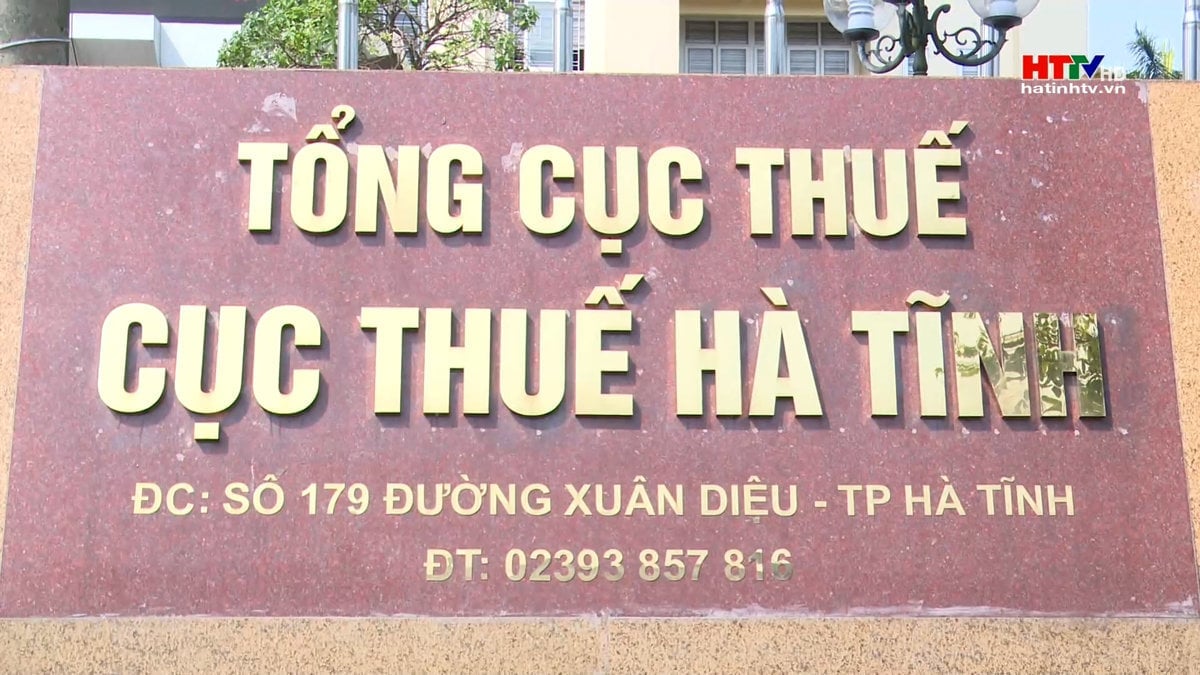

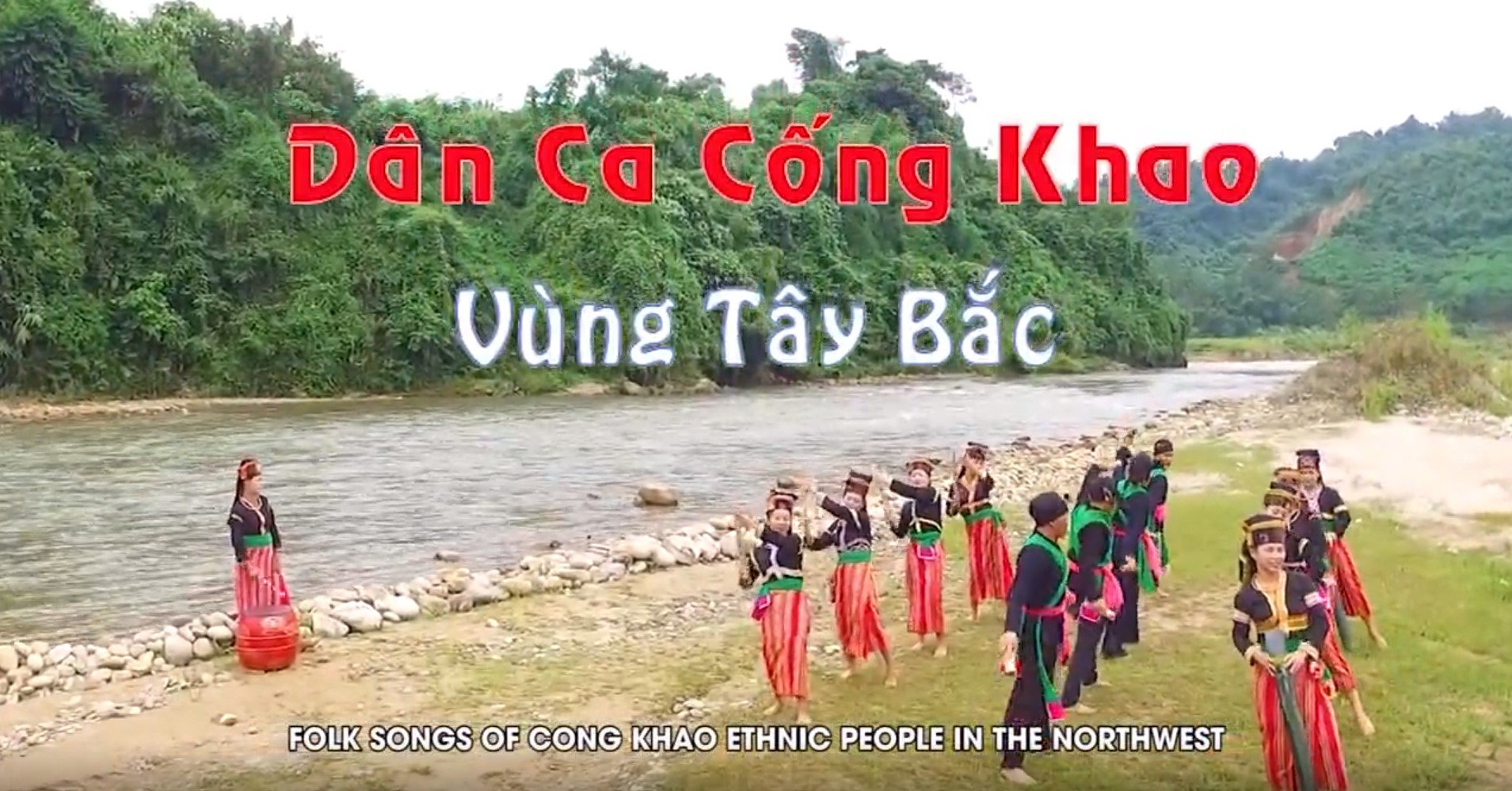
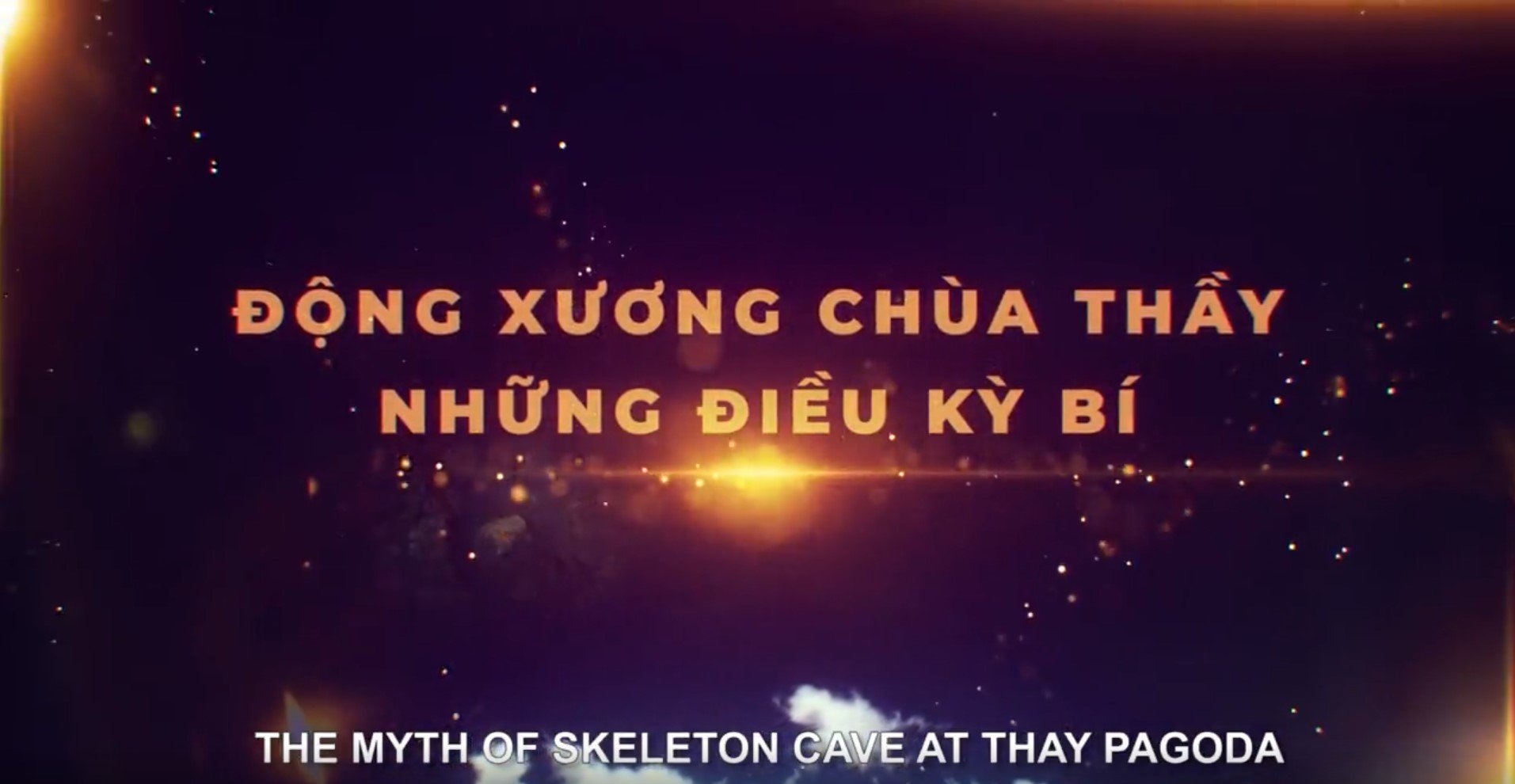








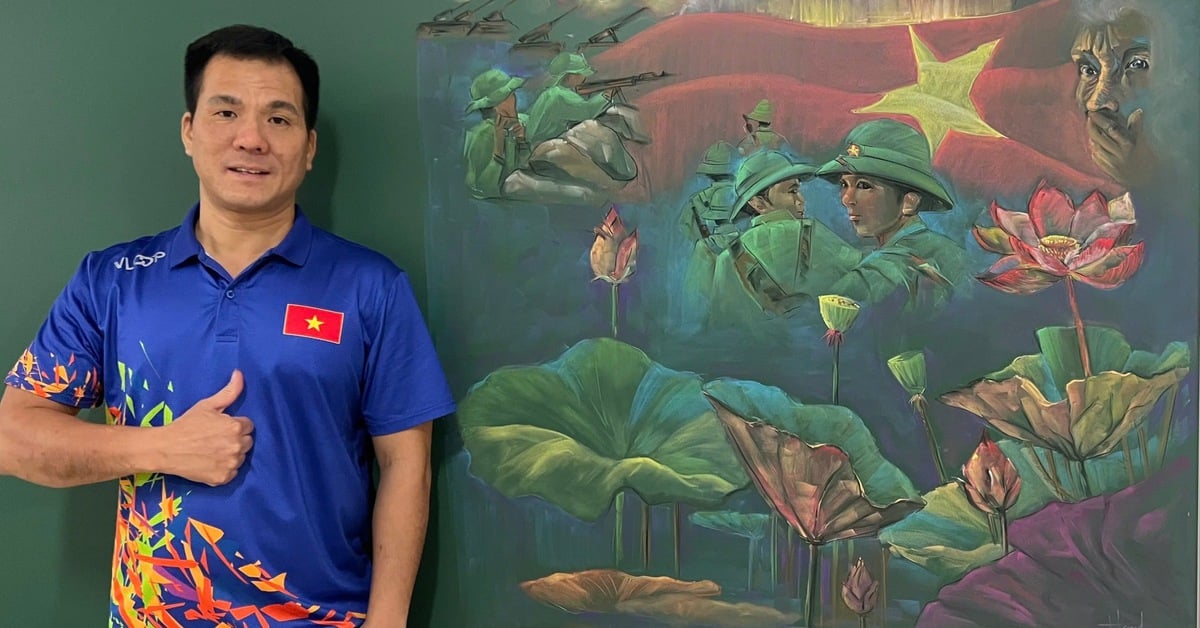

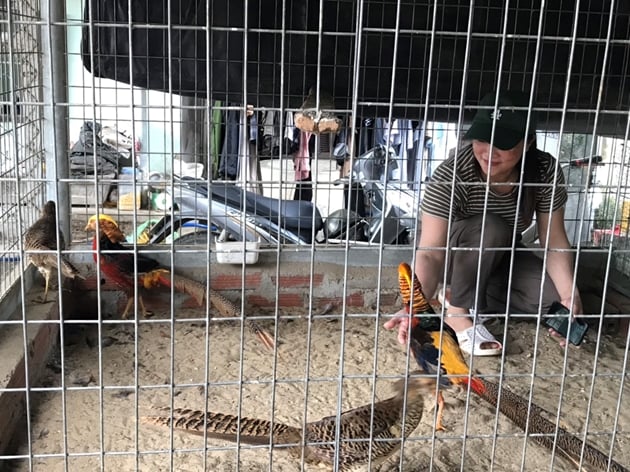

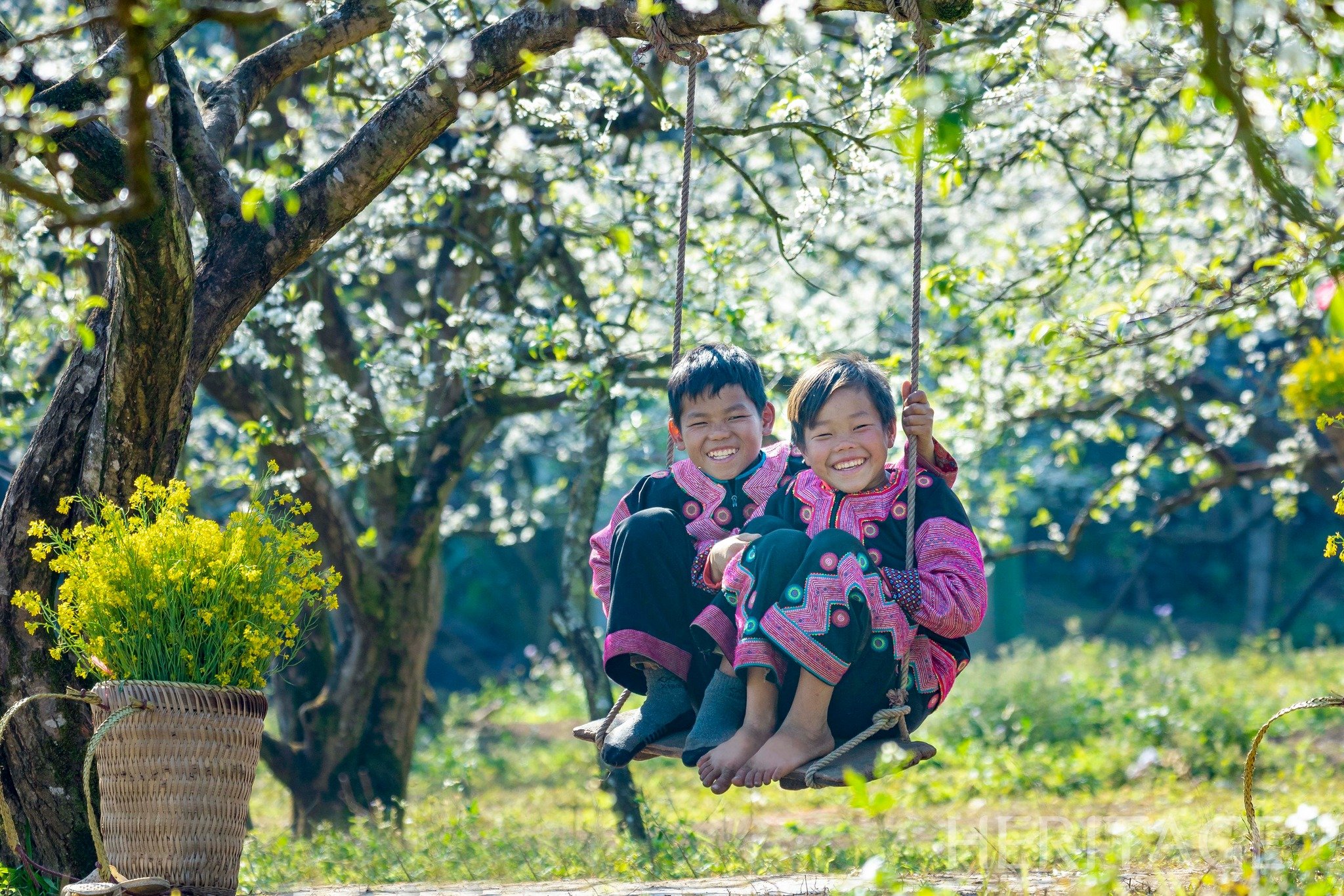

Comment (0)